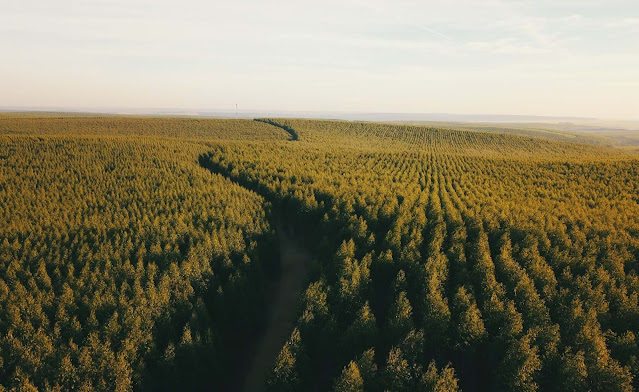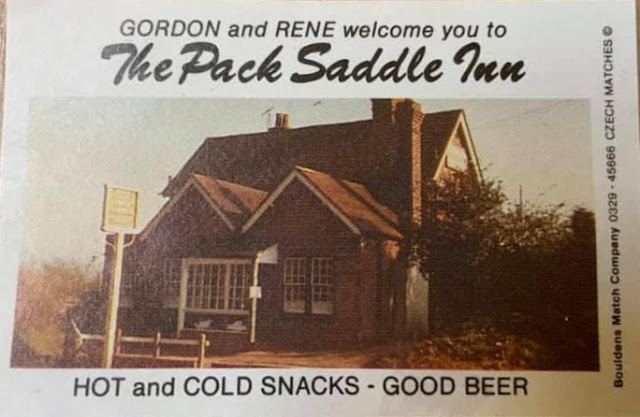President-elect signals climate action and rainforest protection will be a top priority for new administration after he narrowly defeats far-right incumbent Jair Bolsonaro
Brazil's new president-elect Lula Luiz Inácio Lula da Silva has promised to end deforestation and place climate action front and centre of his administration, after narrowly defeating far-right incumbent Jair Bolsonaro in an election regarded worldwide as critical for the future of the Amazon rainforest.The victory marks a remarkable comeback for the 77-year-old veteran politician, widely known as Lula, who previously served two terms as Brazil's president from 2003-2011 before serving two years in prison under corruption charges that were later quashed.
Under Lula's previous terms in office, Amazon deforestation rates plummeted 80 per cent, but the trend reversed under the tumultuous presidency of Bolsonaro, whose support for farming and logging interest saw illegal destruction of the rainforest soar to record levels.
Experts believe destruction of the biodiversity-rich Amazon rainforest - which has been nicknamed the 'lungs of the Earth' due to its vast natural carbon stores - has been nearing a tipping point, and Lula's victory yesterday is therefore viewed as a critical win for global action on preventing deforestation and ramping up climate action.
During his leadership bid, Lula signalled that under his presidency Brazil would play a more prominent role at global climate talks and draw up a more ambitious national decarbonisation plan in support of the Paris Agreement, promising an end to four years of obstruction and climate denial under Bolsonaro.
In his first comments following his victory last night, Lula placed environmental protection and climate action front and centre of his vision for Brazil under his leadership over the next four years.
"Brazil is ready to resume its leading role in the fight against the climate crisis, protecting all our biomes, especially the Amazon Forest," he wrote on Twitter. "In our [last] government, we were able to reduce deforestation in the Amazon by 80 per cent. Now, let's fight for zero deforestation."
In a speech after his victory, Lula reportedly said: "Brazil and the planet need a living Amazon. A standing tree is worth more than tons of wood illegally harvested by those who think only of easy profit… A river of clear water is worth more than gold extracted at the expense of mercury that kills fauna and risks human life."
Analysis by Carbon Brief has estimated that by simply enforcing existing rainforest protection laws that have been largely ignored under Bolsonaro, Lula could slash deforestation rates by almost 90 per cent.
Lula reportedly also stated that he would ramp up monitoring and surveillance of the Amazon, support indigenous people's rights, "and combat any and all illegal activity - whether mining, logging or improper agricultural occupation".
"At the same time, we will promote sustainable development of communities living in the Amazon region," he said. "Let's prove once again that it is possible to generate wealth without destroying the environment." Business Green - link - Michael Holder - link - nbc news - link - more like this (Brazil) - link - more like this (Amazon) - link - WordPress - link













































